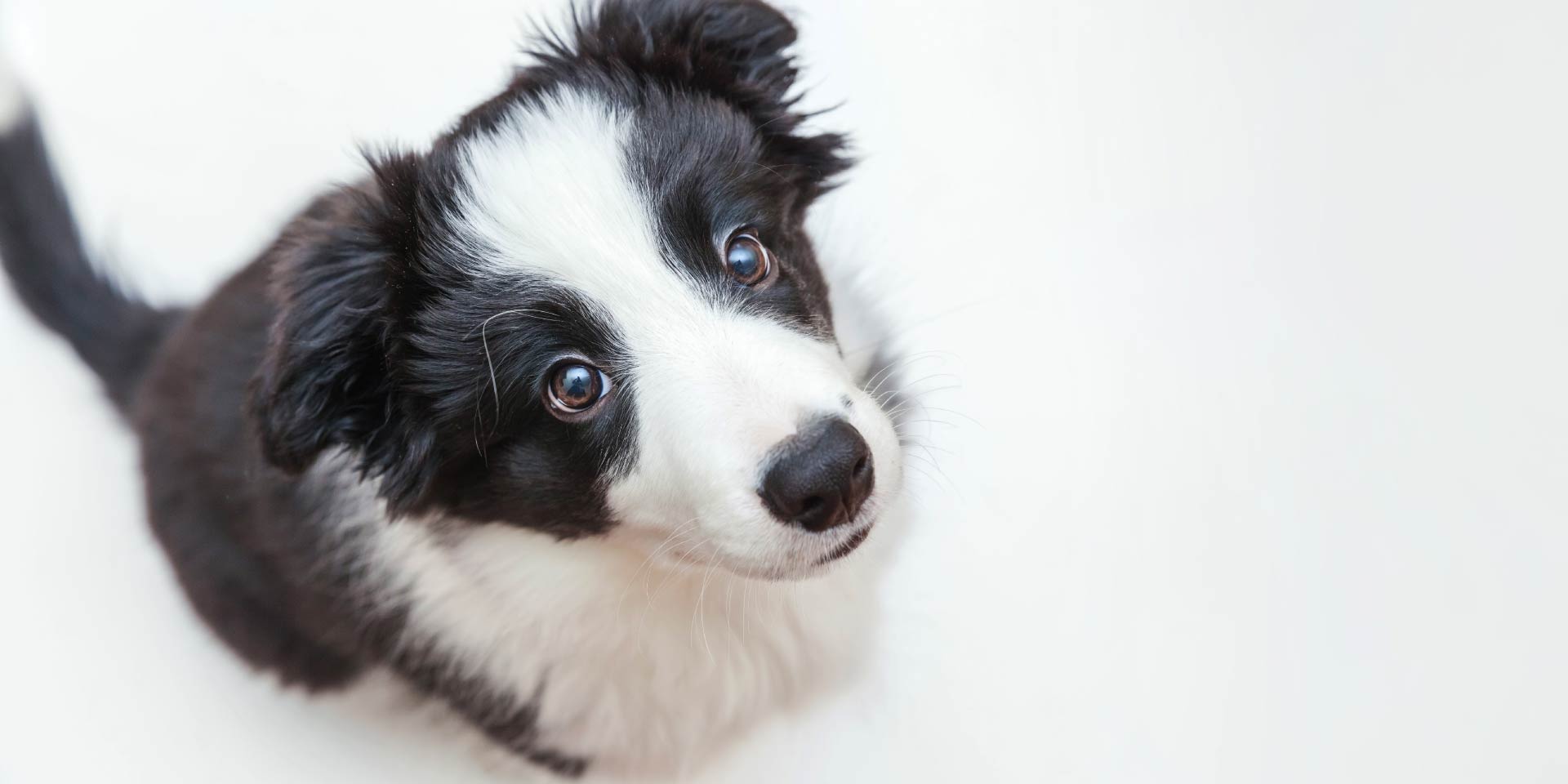Pain assessment in veterinary patients remains a challenge. Given the subjective nature of pain experience and the inability of animals to report these sensations, behavioral observations are relied upon to properly guide pain management.
Recently, some useful tools for pain assessment have been developed and validated in both dogs and cats. However, several factors can invalidate the accuracy of these assessments. Rating scales are validated under specific conditions, and their proper use and accuracy may be influenced by the age, breed, and temperament of the animal, as well as the effects of anesthetic drugs and theexperience of the examiner.
The Glasgow Composite Measure Pain Scale – Short Form (CMPS-SF) is a pain scale based on animal behavior, is valid in a variety of settings, and is widely used as a clinical standard for acute pain assessment in dogs.
Anxiety is an emotional response in anticipation of a stimulus or situation that theanimal perceives to be dangerous, and this can lead to stress that has somatic and behavioral repercussions. Many animals show fear and/or anxiety in the ambulatory setting, and these emotional states can influence the way pain is experienced and perceived. It has been suggested that in dogs the use of behavior-based pain rating scales may be influenced by the presence of anxiety.
Anxiety status at baseline and postoperatively
Although the state of anxiety is an aspect of behavior contemplated when the animal is visited, its impact on the use of behavior-based pain assessment tools is still not entirely clear.
To this end, Ellwood and Murison’sstudy investigated the effect of anxiety on pain states and, in particular, the use of the CMPS-SF scale in hospitalized dogs undergoing surgery for the management of knee disease. The hypothesis of the study was that particularly anxious dogs would be assigned higher pain-related scores than nonanxious dogs undergoing similar surgical procedures.
A total of 18 dogs were included in the study (median age 5.72 years), all of which underwent surgical procedures to treat knee disease.
Pain assessment was carried out using the CMPS-SF scale, while anxiety state assessment was performed using the REF(Reactivity Evaluation Form) system and via the VAS(Visual Analogue Scale ).
Sia per il sistema REF che per la scala VAS i cani con punteggi più alti erano designati come “High REF”/”High VAS”, e quelli che mostravano punteggi più bassi erano indicati come “Low REF”/”Low VAS”. For both evaluation systems, moreover, the authors included measurements before and after surgery (preoperative and postoperative).
The results showed that there were no relationships between preoperative anxiety levels (thus anxiety states at baseline) and pain-associated scores measured with the CMPS-SF scale.
In addition, the study found that postoperative REF scores were significantly higher than preoperative scores, suggesting a general increase in anxiety status after surgery.
This overall increase seemed to be primarily the result of an increase in scores related to the “Low REF” group, an increase that was notregistered for the “High REF” group.
Similarly, a statistically significant increase was recorded in postoperative VAS scores in the “Low VAS” group, but not in the “High VAS” group. This suggests that the increase in anxiety in the postoperative period is greater in dogs with the lower baseline anxiety level.
Reference
Ellwood B, Murison PJ. Investigating the effect of anxiety on pain scores in dogs. Vet Anaesth Analg. 2022 Jan;49(1):135-142. doi: 10.1016/j.vaa.2021.07.005.














